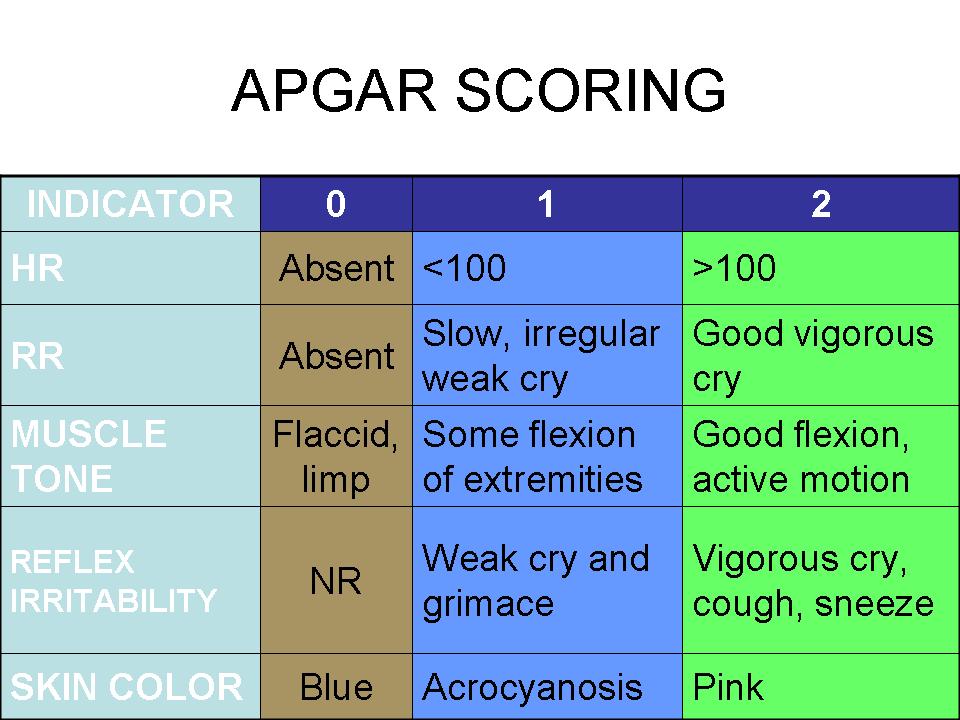
All data and associated data dictionaries are accessible online.įunding: SJS is funded by a Wellcome Trust Clinical Career Development Fellowship 209560/Z/17/Z ( ). This is an open access article distributed under the terms of the Creative Commons Attribution License, which permits unrestricted use, distribution, and reproduction in any medium, provided the original author and source are credited.ĭata Availability: Data for this manuscript was sourced from the CDC National Center for Health Statistics Vital Statistics Online Data Portal ( ). Received: DecemAccepted: JPublished: July 12, 2022Ĭopyright: © 2022 Gillette et al. PLoS Med 19(7):Īcademic Editor: Mark Tomlinson, Stellenbosch University, SOUTH AFRICA The main limitation was missing data for some variables, due to using routinely collected data.Ĭitation: Gillette E, Boardman JP, Calvert C, John J, Stock SJ (2022) Associations between low Apgar scores and mortality by race in the United States: A cohort study of 6,809,653 infants.

There was strong evidence that this association varied by race ( p < 0.001) with adjusted odds ratios (AORs) of 54.4 (95% confidence interval 49.9 to 59.4) in non-Hispanic white, 70.02 (95% CI 60.8 to 80.7) in Hispanic, 23.3 (95% CI 20.3 to 26.8) in non-Hispanic black, 100.4 (95% CI 74.5 to 135.4) in non-Hispanic Asian, and 26.8 (95% CI 19.8 to 36.3) in non-Hispanic other infants. Compared to infants with normal scores, low-scoring infants had increased odds of infant mortality. The cohort consisted of 6,809,653 infants (52.8% non-Hispanic white, 23.7% Hispanic, 13.8% non-Hispanic black, 6.6% non-Hispanic Asian, and 3.1% non-Hispanic other). We used logistic regression to assess the association between Apgar score (categorized as low, intermediate, and normal) and each mortality outcome, and adjusted for gestational age, sex, maternal BMI, education, age, previous number of live births, and smoking status, and stratified these models by maternal race group (as self-reported on birth certificates). We looked at 3 different mortality outcomes: (1) early neonatal mortality (2) overall neonatal mortality and (3) infant mortality. The study included singleton infants born between 37 +0 and 44 +6 weeks to mothers over 15 years, without congenital abnormalities.


Population-based cohort study using 2016 to 2017 United States National Vital Statistics System data.


 0 kommentar(er)
0 kommentar(er)
